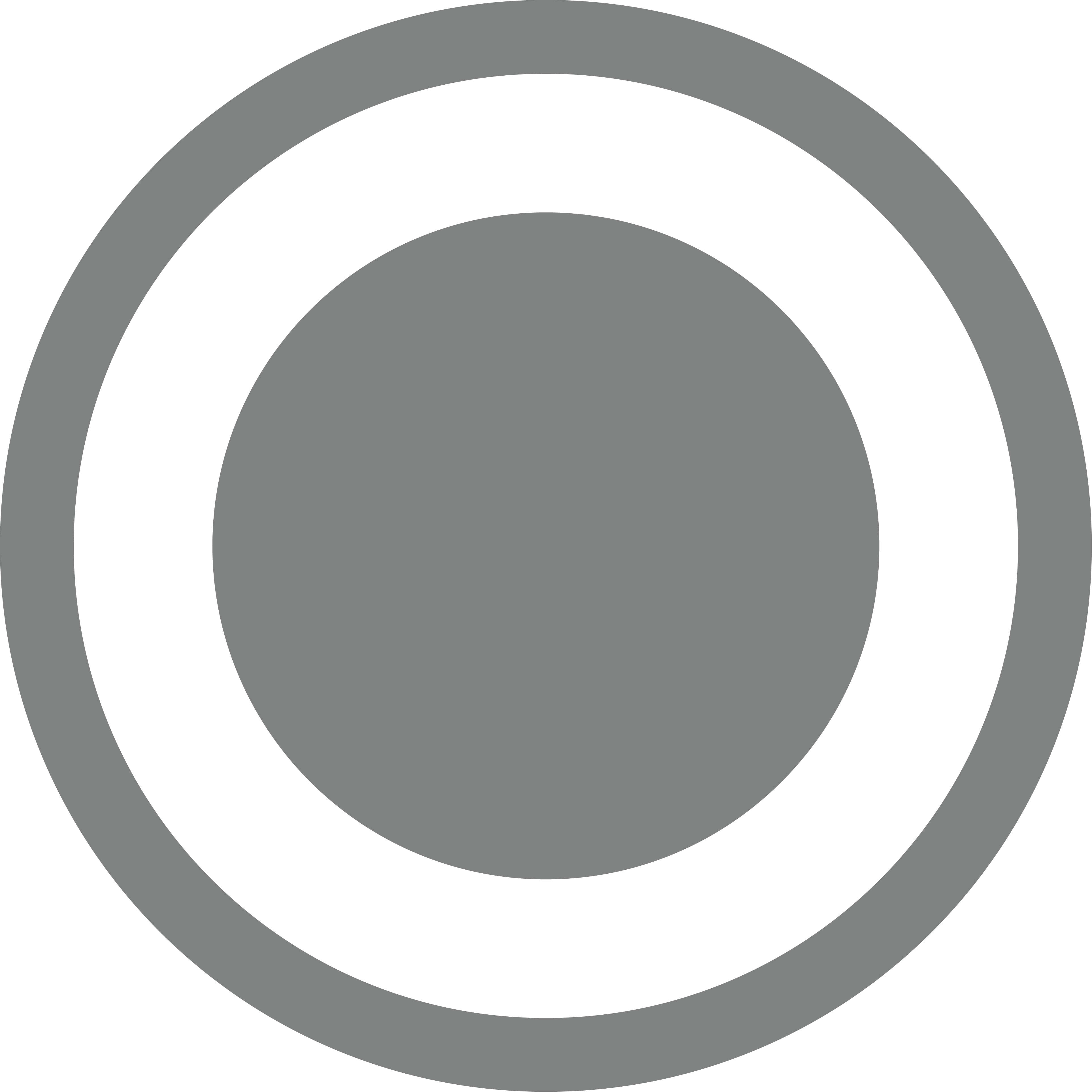Things You Should Know Regarding Kotlin App Development |
Posted: December 9, 2022 |
Whether you are an experienced programmer or just starting to learn Kotlin, there are a few things you should know before getting started. This will help you make sure you don't get a headache when you start using it. Ultimately, you will be able to get the most out of this open source programming language. Kotlin App DevelopmentOpen-source programming languageHaving a background in Kotlin app development can give you an edge during a job interview. Kotlin is a great alternative to Java. It is easy to learn and offers a number of advantages. First, it makes it easier to write code. It also provides a more readable and organized approach. It also helps to avoid boilerplate code. It has a built-in type system. You can use type inferencing to simplify the code. This means that your compiler will infer most types for you. In addition, Kotlin has a built-in type safety feature that prevents you from accidentally assigning or returning null values. This feature saves you time and frustration. Interoperability with JavaDeveloping Kotlin apps that can interface with Java is a breeze. With the right IDE support, you can automatically discover common code patterns and fix code if necessary. In fact, you can even take advantage of a built-in automatic java-to-Kotlin converter. The term "type inference" refers to how the compiler automatically determines the type of a variable based on its context. For example, when you call a Java method from a Kotlin file, the compiler will assign the return value at the call site. If a Java method returns void, the Kotlin compiler will give you Unit. The Java Standard Library has many types, and you can extend those types in Kotlin. For example, you can extend Arrays by using Kotlin's specialized array classes. These specialized classes are compiled down to Java's primitive arrays for maximum performance. Well-defined typesWhether you are a developer who's new to the Kotlin language or just looking for a new way to get your code up and running, there are a few things you should know about Kotlin's types. They are similar to Java's in many ways, but there are some key differences. Arrays are a fixed-length data structure that allows you to store multiple values in a linearly arranged storage format. They differ from mutable lists in their runtime performance and in their storage structure. They are also different from read-only lists in that the elements cannot be added or removed. Kotlin has added nullable types and type inference to help prevent you from dealing with uninitialized variables. However, you can still use explicit types if you want to. Explicit types add a little more clarity and simplicity to your code, and they are particularly helpful for function calls. Lazy loadingUsing lazy loading in Kotlin app development can save you lots of time. It essentially defers loading of non-critical resources like images at the page load time. This can save you memory and also speed up your app. Lazy properties aren't new in Kotlin, but they're worth mentioning. Historically, they've been used in Java. They can be useful in various situations, and a good example is when a property needs to be initialized later. Basically, a lazy function is a function that returns a Lazy interface reference object. This enables you to perform computations before actually invoking the value. However, this doesn't mean that you don't have to implement the actual interface. Coroutine supportDuring KotlinConf 2017, Kotlin introduced Kotlin Coroutines, a set of async task libraries that are aimed at preventing blocking tasks. Kotlin provides a straightforward, non-complicated implementation of these techniques. Kotlin represents runtime data structures such as coroutines and threads as a hierarchy of Job instances. Each Job instance is a handle to a coroutine in a queue. Each Job instance has its own context, which is a collection of JVM objects. When a coroutine completes, it saves the Job instance. This is called a "deferred" in Kotlin. When a delay call is executed, the coroutine's scheduler suspends it. It resumes the function after a specified period of time. Hire kotlin developers to build your app. Data classesUsing Kotlin data classes is one of the quickest ways to model your data. However, there are some limitations that you should be aware of. In this article, we'll go over what data classes are, how they work, and some important things to consider. A data class is a type of state class in Kotlin. These types of classes store data and state in parallel. This makes them easier to use in multi-threaded applications. Kotlin data classes allow you to model your data in a clean, concise way. A data class may be implemented as an interface or as an extension function. A data class is similar to a POJO in Java. It provides methods like getter and setter. The primary constructor of a data class must accept at least one parameter. The parameter must be marked as var (read-write) or val (read-only). A data class also includes a function called toString, which converts the object's input to a string. This is helpful for displaying the object's data in a format that the user can easily read.
|
|||||||||||||||||||||||||||||||||||||||||||
|
|||||||||||||||||||||||||||||||||||||||||||







